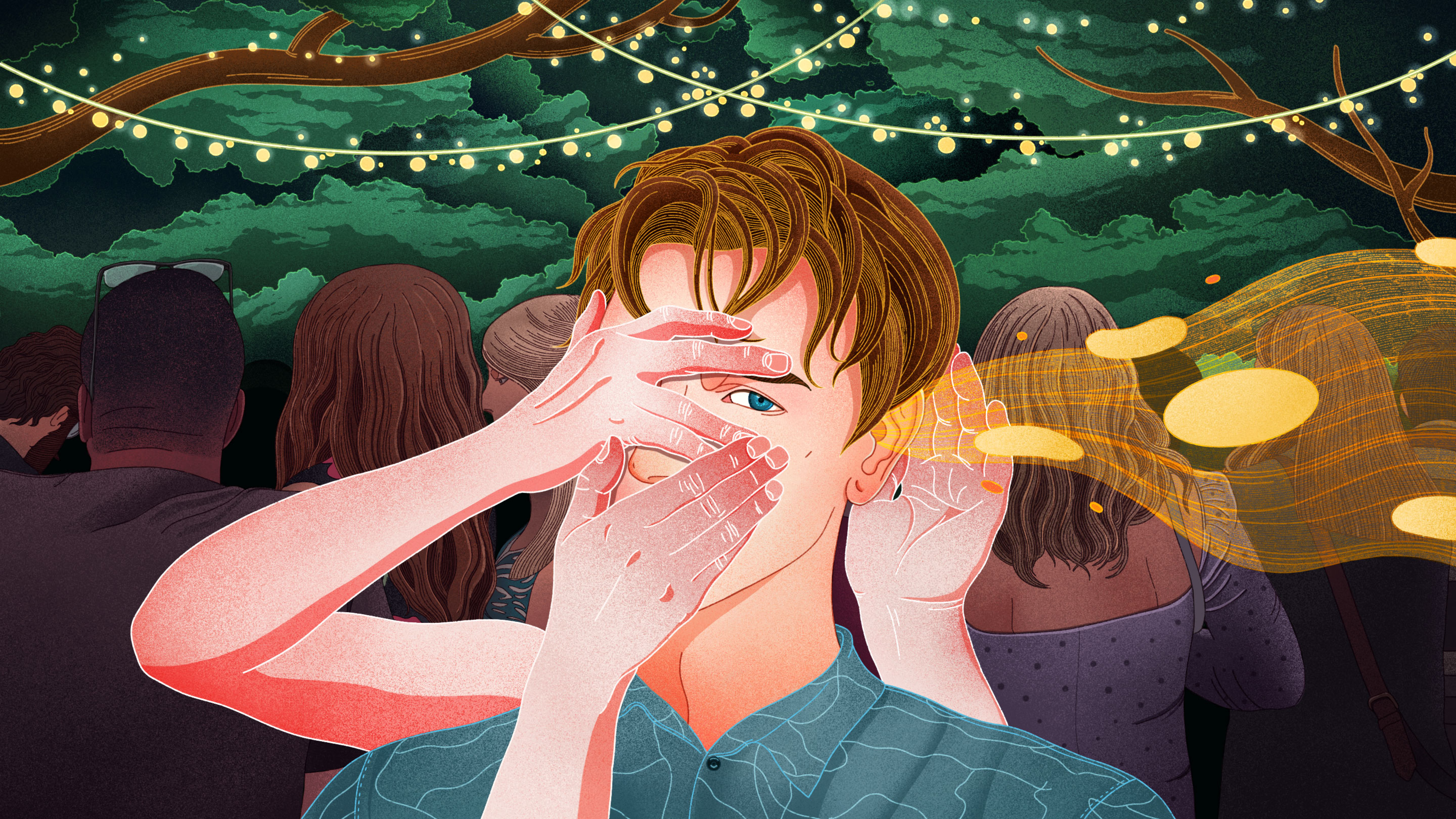Bottom-up Processing is a method of information processing that starts at the smallest of elements and then builds up to more complicated concepts. This differs from top-down processing, in which we first make an overall impression of a scene and then seek out specific evidence in support of this initial hypothesis. A visual processor who sees the city’s streets may first be able to sense that the area is noisy, chaotic, and crowded. They may look for signs to support this hypothesis like people rushing through crowds or noise coming in from nearby cars.

Bottom-up processing is more dependent on data analysis and has been extensively studied in connection with cognitive tasks like perception and memory. However, it is also able to contribute to other areas of our lives like making decisions or in creative pursuits such as art or design. Bottom-up Processing can be used effectively and efficiently to solve issues and offer more understanding of complex situations. In spite of its negative connotations within academic circles, bottom-up processing is extremely useful for understanding both our surroundings and our internal workings too.
At the core of our thoughts and actions are the intricate processes of the brain. These brain-related processes are complex and play an important role in everything, from memory and intelligence to mood and behavior. One of the most important mechanisms which have been discovered to affect the way the brain functions is called bottom-up processing. This refers to how information is processed at the individual nerve cells level and moves up via the interconnected neural pathways. This eventually affects higher cognitive functions, such as attention and perception. Research has demonstrated that this process has profound effects on phenomena such as memory and learning. This could be utilized to treat diseases such as schizophrenia or Alzheimer’s disease. We may be able to unlock the mysteries of this by understanding the brain’s mechanism starting from the bottom. This will enable us to create revolutionary new tools for healthcare and neuroscience.
Bottom-up processing describes how our brain process information. Top-down processing is focused more on incorporating expectations as well as prior knowledge into the learning process. Bottom-up processing relies upon the input of raw data. Bottom-up processes can be beneficial to learners of all levels by focusing only on the individual components of learning, including the basics of vocabulary and concepts, and is more efficient than top-down processing.
Bottom-up processing comes with a distinct benefit: it allows us to step back and focus on every part of the information we are exposed to. This can help us keep our attention on what we are learning which can make us more enthusiastic to discover new ideas and refine our existing ones and even spot mistakes or areas for improvement. To better comprehend the details, we can be able to highlight the ways in which they are linked by logical chains and networks. Engaging in the bottom-up process can assist us in becoming more proficient learners and more effective communicators.
Leave a Reply